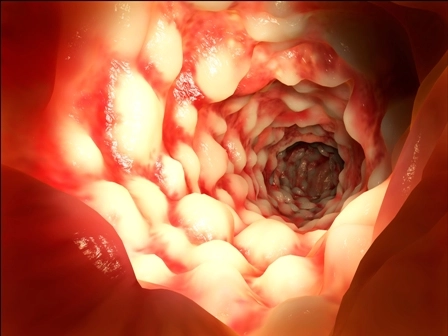Pathology/Lab Coding Alert
Surgical Pathology:
Focus Your ‘Toenail’ Procedure Coding With These Details
Published on Wed Aug 10, 2022

You’ve reached your limit of free articles. Already a subscriber? Log in.
Not a subscriber? Subscribe today to continue reading this article. Plus, you’ll get:
- Simple explanations of current healthcare regulations and payer programs
- Real-world reporting scenarios solved by our expert coders
- Industry news, such as MAC and RAC activities, the OIG Work Plan, and CERT reports
- Instant access to every article ever published in Revenue Cycle Insider
- 6 annual AAPC-approved CEUs
- The latest updates for CPT®, ICD-10-CM, HCPCS Level II, NCCI edits, modifiers, compliance, technology, practice management, and more
Related Articles
Other Articles in this issue of
Pathology/Lab Coding Alert
- Preview CPT® Lab Codes:
Jumpstart Your 2023 Readiness With This CLFS Annual Meeting Rundown
Prep for new, specific microbiology codes. You can never start too early to learn about [...] - Surgical Pathology:
Focus Your ‘Toenail’ Procedure Coding With These Details
Secure ancillary pay for additional studies. Although “toenail” is an unlisted specimen, the correct surgical [...] - MPFS Proposed Rule:
See How Conversion Factor Decrease Could Affect Your Lab in 2023
You still have time to comment. Between never-ending COVID cases and rising inflation, stakeholders had [...] - You Be the Coder:
Clarify Specimens to Capture Bone-Marrow Specimen Pay
Question: When the pathologist gets bone marrow specimens from a surgical procedure, the surgeon may call [...] - Reader Questions:
Target Your 87913 Use
Question: I heard that 87913 is a new code for COVID-19 testing. Is that true, and [...] - Reader Questions:
Don’t Trash HIPAA With Records Disposal Methods
Question: Are there specific rules regarding records disposal under HIPAA? Kansas Subscriber Answer: Although the HIPAA Privacy [...] - Reader Questions:
Beware ‘Consistent With’ for Dx Coding
Question: We received a pathology report for an excised “mass” from the patient’s neck. The microscopic [...]
View All




